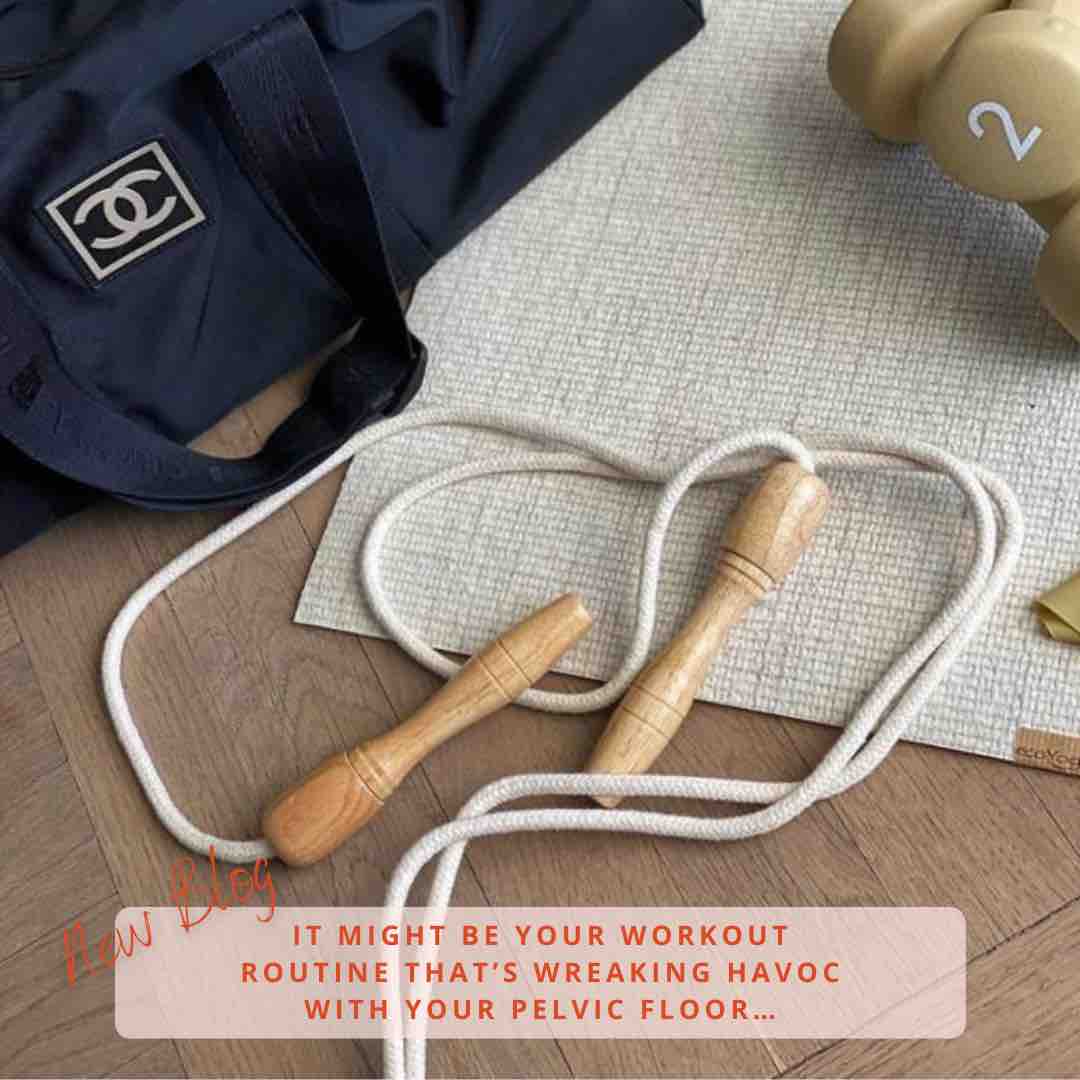
5 Things You’ve Always Wanted To Know About Your Pelvic Floor
I
If, like most women, you’ve heard of Kegel exercises but don’t know exactly what they are, it’s worth noting these health-boosting moves aren’t just for pregnant women and or new mums. Prime to support core strength as well as your bladder and sex life, we caught up
What is the pelvic floor? “The pelvic floor is made up of several muscles which support the organs of the body and sit above them – for women this is the womb, bladder and bowel. These muscles should be strong and able to support these organs, but also be able to relax too. As well as supporting the health of the bladder, the pelvic floor also plays a key role in supporting your core and back muscles.
So here’s everything you wanted to know about your pelvic floor but were too afraid to ask…
1.Can a stronger pelvic floor help with your sex life?
Absolutely. A rhythmic contraction of certain muscles that make up the pelvic floor occurs at the time of orgasm. If the muscles are stronger then so is your orgasm. It’s also been shown particularly in post-menopausal women that performing regular pelvic floor exercises can improve sexual satisfaction.
2.What age does it weaken? And at what age should you start paying attention to your pelvic floor?
Your pelvic floor strength varies from individual, depending on factors such as weight, whether you’ve had babies & how they were born (eg. C-section, normal delivery, forceps, etc), as well as what kind of exercise you do. Plus, after the menopause, all tissues become slightly laxer due to lack of oestrogen, so many women start to notice a weaker pelvic floor during menopause. It’s super simple, the younger, better to prevent than cure. You should try your best to keep your pelvic floor strong from an early age, rather than trying to fix it if and when it goes wrong.
3.Is it true sitting all day isn’t good for the pelvic floor?
Anyone who has an office job and sits at a desk all day knows it isn’t great for our back & neck muscles. Depending on your posture it can also affect the pelvic floor – to protect your pelvic floor when sitting at a desk, always sit up straight and try not to slump.
4.What’s the easiest way to strengthen your pelvic floor?
Pelvic floor exercises are straight-forward and very effective. Try to squeeze the muscles around the back passage, as if you are trying to stop yourself from passing wind. Then try to also contract the muscles around your vagina as if you are trying to stop yourself urinating. Try short squeezes for a second or two, and also some longer ones of around ten seconds. Just be careful not to overdo it as working a tired muscle is not useful – and remember you should feel a lifting, not just tightness. It is important to make sure you are not overly using your abdominal or gluteal muscles too. Build up your strength by doing ten exercises, three times a day. Like any exercise you should find it easier over time. The NHS Pelvic Floor Exercise App ‘Squeezy’, has lots of information about how to do your Kegels and can send you reminders if you need further assistance.
5.How quickly can you see results? And Is it possible to overwork your pelvic floor?
You should notice at least some difference within 12 weeks, but it really depends on the person and severity of your problems. Yes. Like any muscle group, it is possible to overwork tired muscles & cause more harm than good. Overworking the pelvic floor can lead it to becoming overly tight, making sex painful. Gradually building up with regular exercises daily is the best plan.






